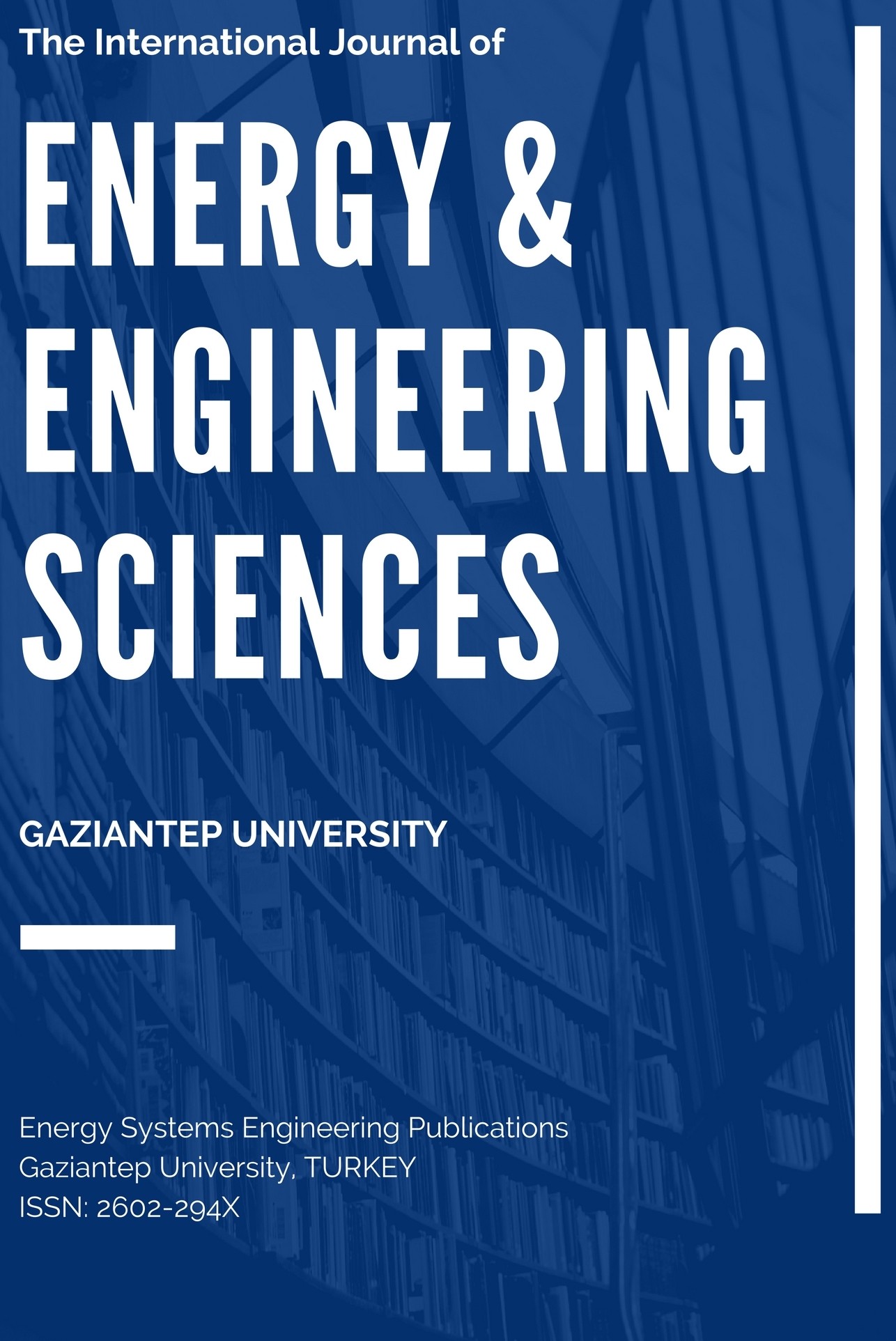STEEL FIBER REINFORCED CONCRETE HAUNCHED BEAMS
STEEL FIBER REINFORCED CONCRETE HAUNCHED BEAMS
Abstract There is an architectural, structural and economic importance of the study of the reinforced concrete haunched beams (RCHBs). In this study, mechanical behavior of steel fiber reinforced concrete haunched beams was investigated. The study included 8 self-compacted concrete beams (7 of which are RCHBs and one of which are prismatic beams), Two different ratios of steel reinforcement were considered. The stirrup reinforcement was used for half specimens. Three steel fiber ratios (0%, 0.5% and 1%) were adopted. Two angle of inclination which are 10o & 15o, were considered for the study. The results showed that load capacity of the beams was inversely proportional to the increase in the angle of inclination and was proportional to the increase in the ratio of the steel fiber. Effect of steel fiber was much more apparent, as the inclination angle of the haunched beams increased. Moreover, use of steel fiber reduced the crack width of all beams at failure leading to increase in the service life of the beams. the addition of fibers with sufficient ratio changed the failure mode of RC haunched beams without stirrups from shear to flexure mode. Therefore, the steel fibers can be considered as a suitable solution to replace the stirrups in the reinforced concrete haunched beams.
Keywords:
Steel fiber self-compacting concrete, Haunched beams, shear stress,
___
- [1] Parra-Montesinos, G. J., “Shear Strength of Beams with Deformed Steel Fibers,” Concrete International, V. 28, No. 11, Nov. 2006, pp. 57-66.[2] Minelli, F., “Plain and Fiber Reinforced Concrete Beams under Shear Loading: Structural Behavior and Design Applications,” PhD thesis, Department of Civil Engineering, University of Brescia, Starrylink Editrice, Brescia, Italy, 2005, 429 pp.[3] Lim, T. Y., and Paramasivam, P., “Shear and Moment Capacity of Reinforced Steel-Fibre-Concrete Beams,” Magazine of Concrete Research, V. 39, No. 140, 1987, pp.148-160.[4] Dinh, H. H.; Parra-Montesinos, G. J.; and Wight, J. K., “Shear Behavior of Steel Fiber-Reinforced Concrete Beams without Stirrup Reinforcement,” ACI Structural Journal, V.107, No. 5, Sept.-Oct. 2010, pp. 597-606.[5] Barragán, B. (2002). Failure and toughness of steel fiber reinforced concrete under tension and shear, PhD Thesis, Universitat Politecnica de Catalunya, Spain.[6] ACI Committee 318-05. Building code requirements for structural concrete (ACI 318-05) and commentary (ACI 318R-05). Farmington Hills (MI): American Concrete Institute; 2005.[7] You, Z., Ding, Y., and Niederegger, C. (2010). “Replacing stirrups of self compacting concrete beams with steel fibers.” Transactions of Tianjin University, Vol. 16, No. 6, pp. 411- 416.[8] BS1881-116, “Method for Determination of Compressive Strength of Concrete Cubes”, British Standards Institute, London, 1983.[9] ASTM. American Society for Testing and Materials. 2004. Standard test method for splitting tensile strength of cylindrical concrete specimens. C 496-04. West Conshohocken, PA.
- ISSN: 2602-294X
- Yayın Aralığı: Yılda 2 Sayı
- Başlangıç: 2016
- Yayıncı: Gaziantep Üniversitesi
Sayıdaki Diğer Makaleler
STRENGTH AND SHRINKAGE PROPERTIES OF SELF-COMPACTING CONCRETES INCORPORATING WASTE PVC DUST
Nihat ATMACA, Adem ATMACA, Mohammed ALJUMAILI, Ali İhsan ÖZÇETİN
STEEL FIBER REINFORCED CONCRETE HAUNCHED BEAMS
Mehmet Eren Gülşan, Khalid T. Fadhil AL-SAMMARRAIE, Safaa Y. Hamad Al DARRAJI
Mehmet Ali Özçelik, Ahmet KABUL, İsmail Karalı
THE OPTICAL MEASUREMENT SUSCEPTIBILITY OF THE PHOTODIODE AND LDR LIGHT SENSORS
